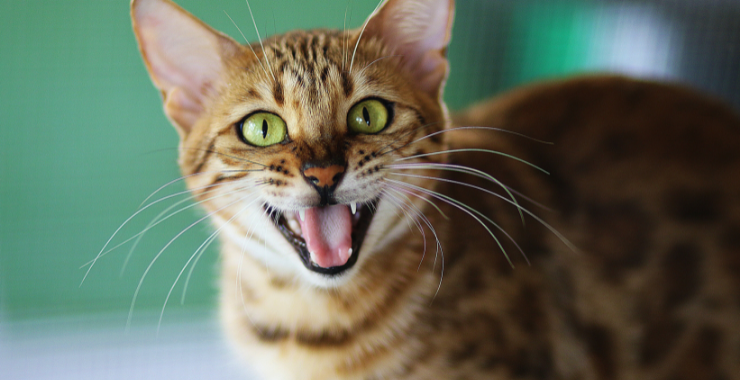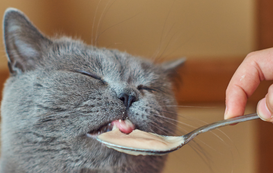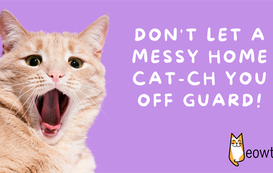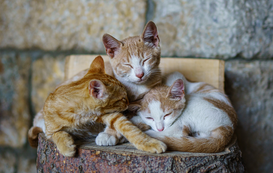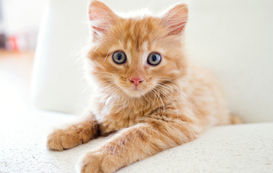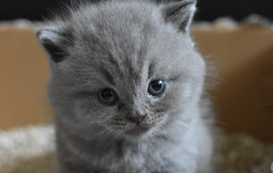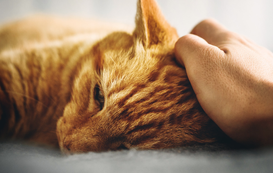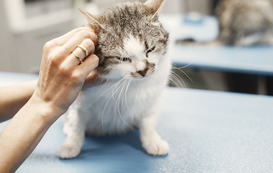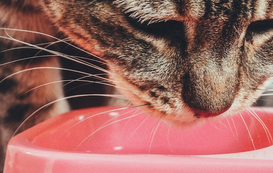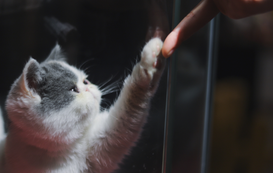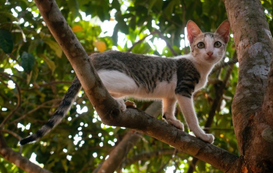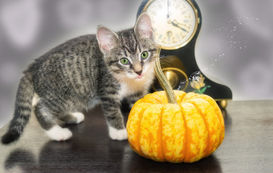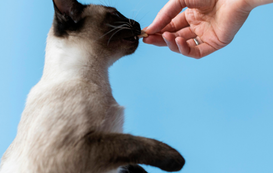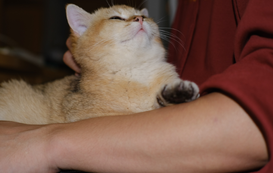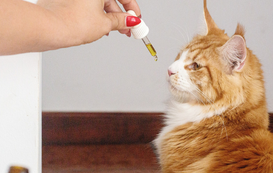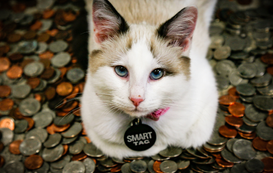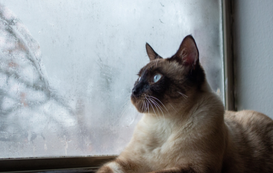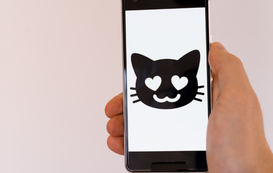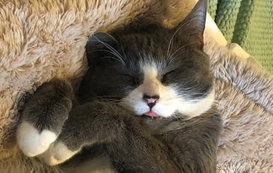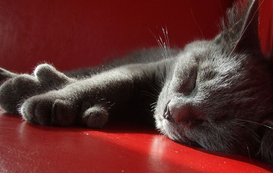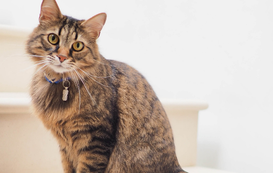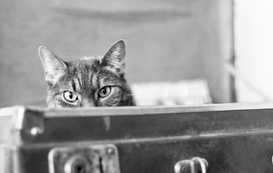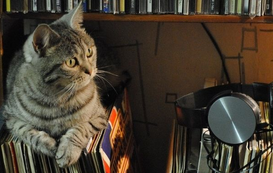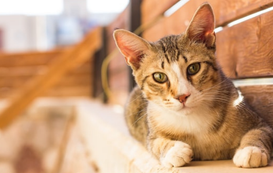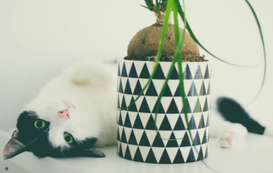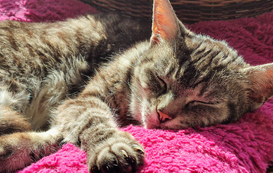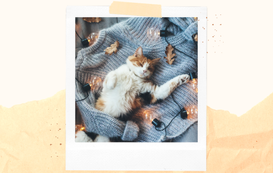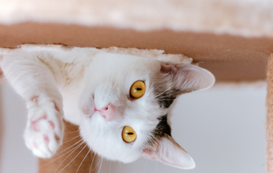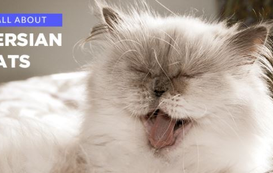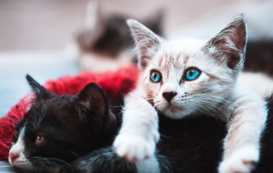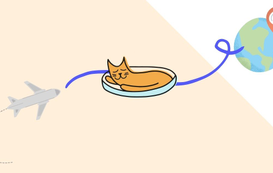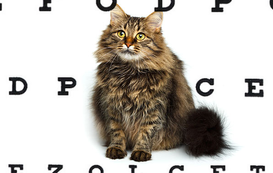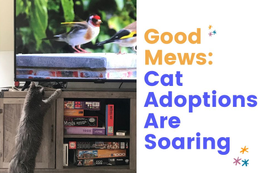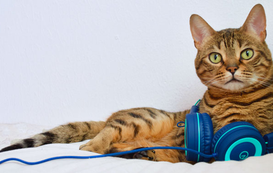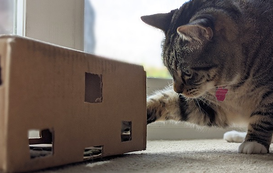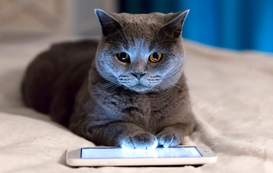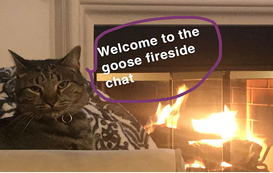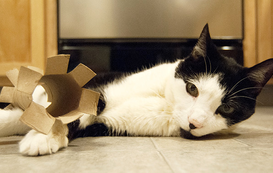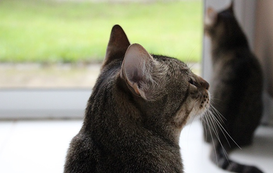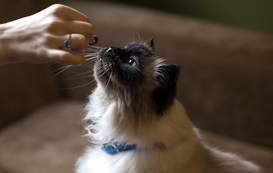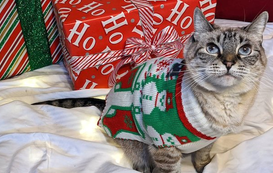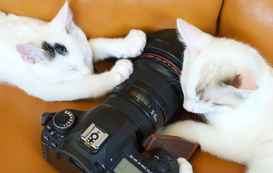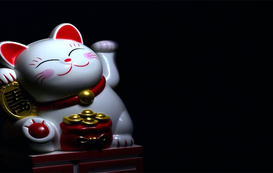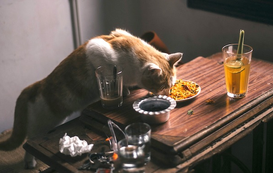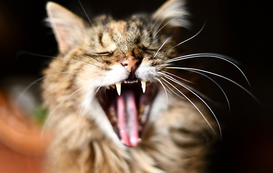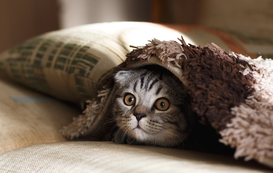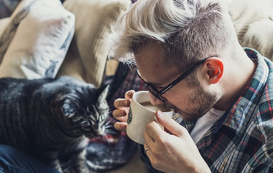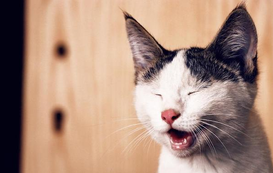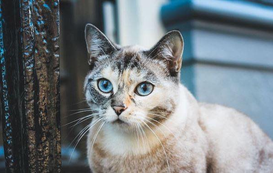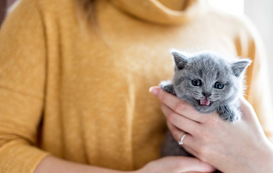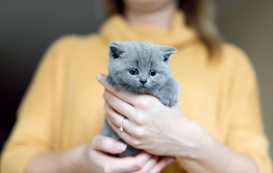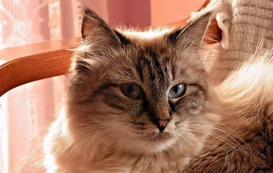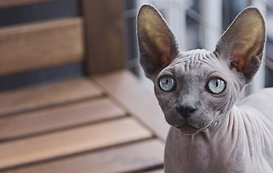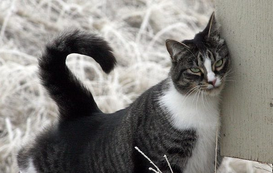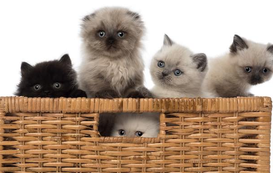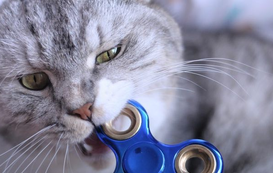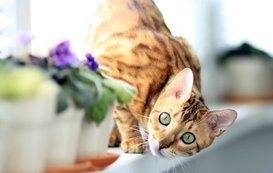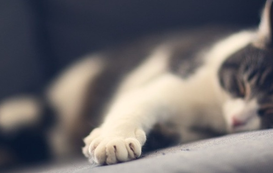When you watch your adorable house cat slinking silently through the backyard grass and pouncing on an unsuspecting bird, it's impossible to deny the resemblance between them and their wild ancestors. They're a descendant of mighty, solitary hunters. Cat lovers worldwide admire and appreciate that fierce sense of independence.
But how did such a self-reliant animal become so attached to humans in the first place? The history of the domestication of cats is long and interesting, and it's not simple. Even animal experts disagree on some of the most critical points. Let's look at how our favorite feline companions evolved from stalking the plains of Africa and Asia to making biscuits on our laps in their sleep.
What does "domesticated" even mean?
Before we get too deep into the history of house cats, it's essential to define our terms:
"Wild" refers to a cat that has lived its entire life without any need for help from humans, either directly or indirectly. Wild cats might go their whole lives without ever seeing a human being.
Feral cats were either previously domesticated and have been without human contact for long enough to revert to their natural wild state, or they are cats with the potential to be domesticated. If a domestic cat released into the wild has kittens, it often only takes one generation for her offspring to become feral. Feral cats shouldn't be confused with strays, however. Stray cats have a history of close human contact and can often be easily re-domesticated.
Tame cats are used to interacting with humans and accept, or even welcome, humans into their lives. Although, a merely tame animal will still need to go through lots of behavioral and biological changes before it's considered fully domesticated. Think of the trained lions and tigers you've seen in movies or at the circus-they might be tame enough to work alongside humans, but no one would be willing to share their home with one. No one who values their furniture that is!
Most domesticated animals have lost the ability to survive alone in the wild. Domesticated cats have gone through an artificial selection that changes their wild nature. As they've interacted with humans, domestic cats' behaviors and physical characteristics were modified over generations until they became dependent on people for survival.
How did cats become domesticated?
Cats and humans have lived together and cooperated for food and other resources for thousands of years. Ancient Egyptian art depicts cats eating fish underneath chairs. In Cyprus, archaeologists have unearthed a 9,500-year-old grave where a cat was deliberately buried next to a human. But how did this all start?
A geneticist named Claudio Ottoni helped researchers analyze the mitochondrial DNA of cats throughout the past 9,000 years to help answer that very question. They found five distinct clades (a clade is a group of animals evolved from a common ancestor) of cats spread out worldwide. Two of these clades-one from Egypt and one from Southwest Asia-became dominant, thanks mainly to the development of agriculture.
As people all across the ancient world transitioned from hunter-gatherer lifestyles to farming crops, rodents were thrilled to discover the excess grain people stored after harvesting. These rodents attracted wild cats, who were just as thrilled to find a steady food source. It didn't take long for humans to tolerate and even be thankful for the presence of these cats. It was a win-win for everybody: the cats had a stable and abundant food source, and the people could successfully store enough grain to get them through the winter.
Humans took advantage of cats' hunting abilities in other ways, too. Captains of ships who set sail on long ocean voyages made sure they brought a cat with them to kill any rodents that threatened the large stores of food they needed to carry. Cats proved to be such valuable seafaring companions that it was against the law in many ports to sail without a cat on board by medieval times! These cats had probably already become extremely tame-if not outright domesticated-by this time because a wild cat tearing around a ship for months at a stretch probably would've been a lot more trouble than it was worth.
Authors of a study in the journal Science said the unofficial partnership cats forged with humans to control rodent populations was "one of the more successful 'biological experiments' ever undertaken."
Even though cats had lived alongside humans for thousands of years, it wasn't until the Middle Ages that the blotched tabby cat provided the first objective evidence of humans breeding cats on purpose. The blotched tabby has a unique striped fur pattern that creates whorls and spots. The gene responsible for the mutation in their fur color was easy for researchers to track. Blotched tabby cats don't exist in the wild, so their appearance less than 1,000 years ago is an important milestone in the relationship between cats and people.
An interesting new study reveals people domesticated cats not just once but twice. There's evidence of farmers in China domesticating wild cats native to Asia around 5,000 years ago. These cats were a completely different species from the cats Middle Eastern farmers had domesticated 10,000 years ago. Such similar events that happened so far apart told researchers that the rise of agriculture led to what we know today as the modern house cat.
A Complicated History
Many of us consider ourselves cat-lovers, and many cats love us right back. Anyone who knows even a little bit about cats knows the ancient Egyptians worshiped them. They thought so highly of our feline friends that killing a cat in Egypt was punishable by death! But our history with these extraordinary creatures hasn't always been a happy one.
As mentioned above, cats were prized for their usefulness aboard ships. Yet meanwhile, at the same time cats were loved by sailors, cats back on land in Europe were demonized. In the Middle Ages, they began to be associated with witches, the devil, and the occult, and many of them were killed to ward off "evil spirits." Cats weren't the only animals persecuted back then, though. Small animals like mice, rats, and frogs also got a bum rap, but cats seem to have been singled out because of their independent, solitary nature.
The killing of so many cats unintentionally helped spread the Black Death, a plague that killed one-third of Europe's population in the 1300s. Flea-infested rats carried the plague, and without enough cats to control the rat population, the rest is, well... history.
Experts can't even agree on whether cats are actually domesticated
Depending on who you talk to, you'll find one expert who believes cats definitely are domesticated animals and another who thinks the opposite.
Wes Warren, an associate professor of genetics at Washington University, thinks cats are "semi-domesticated" at best, pointing out the very slight differences separating today's house cat from its wild ancestors. House cats will still breed with wild cats, for example. Warren also notes that cats still have all of their hunting skills and will kill insects, birds, and small animals even when humans give them plenty of food. He says that, unlike house cats, many modern dog breeds wouldn't be able to survive if they were released into the wild.
However, Gregor Larson, an evolutionary biologist at the University of Oxford, disagrees. "There's no difference between a domesticated cat and a domesticated anything else. Good luck trying to get a goat or a sheep to spend the night in your house," he says. He also believes cats "...are more affectionate than dogs..." and insists the reason some people don't consider cats to be domesticated is that "we don't like loners" and "we see a lot more of ourselves in dogs."
Whether you like to think of them as fully domesticated lap biscuit-makers or enigmatic loners, modern house cats are an extremely popular and beloved companion to millions of people worldwide. At Meowtel, we're supurrr grateful for our domesticated feline friends and think they make the purrrfect companions! You can find a cat sitter on Meowtel to nurture your kitty's sweet side and spoil them with lots of love while you're away.
Photo by Kim Davies on Unsplash

